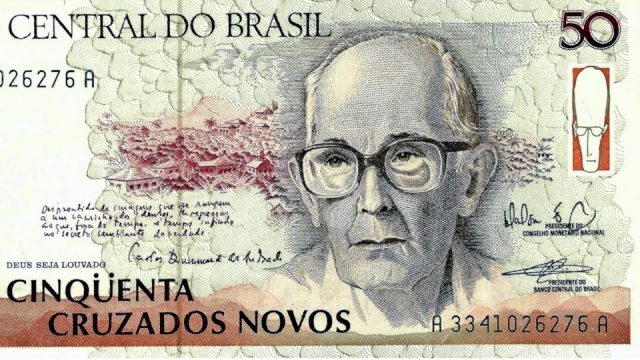Heitor Villa-Lobos (1887-1959) was the most important and recognized Brazilian conductor. In addition to being a conductor, he was a composer and his figure was of great importance in the period of modernism in Brazil.
His talent was essential to bring out aspects of Brazilian music, with a focus on popular and regional culture.
In Hector's words:
"When I tried to form my culture, guided by my own instinct and experience, I found that I could only reach a conclusion of conscious knowledge, researching, studying works that, at first sight, had nothing to musicals. So my first book was the map of Brazil. The Brazil I walked through, city by city, state by state, forest by forest, peering into the soul of a land."
Biography
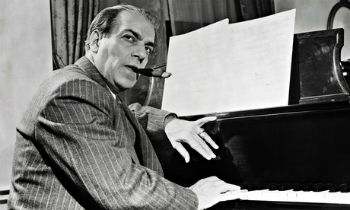
Heitor Villa-Lobos was born on March 5, 1887, in Rio de Janeiro.
The conductor's musical influence was directed by his father, who taught him to play the clarinet and cello.
At the age of six, Villa-Lobos is led to recognize characteristics of musical genre, character, origin, style and noise.
The family then lived in the State of Minas Gerais. At the same time, under the influence of an aunt, he starts listening to the compositions of Johann Sebastian Bach (1685-1750).
The work of the German composer is an important inspiration for the work of Villa-Lobos and his career in general.
This characteristic is verified in the nine pieces "Bachianas Brasileiras", one of his most important compositions. The second piece of the work is called "Trenzinho Caipira".
Back in Rio de Janeiro, Villa-Lobos is seduced by "crying". The style of popular music was not approved by his parents and the boy started to study the guitar in secret. The transgression results in a series of 14 works, "Choros".
The future maestro's musical maturity is initiated by a series of trips to the interior of Brazil. The route includes Espírito Santo, Bahia and Pernambuco from 1905 onwards. Four years later, Villa-Lobos arrives in the interior of Paraná, in Paranaguá, where he plays cello and guitar.
Northern and Northeastern countryside cities are on the route taken between 1911 and 1912. The knowledge of regional peculiarities directly influences the work of the conductor, who returned to Rio de Janeiro in 1913.
In the same year, he marries the pianist and music teacher Lucília Guimarães (1886-1966).
Modern Art Week
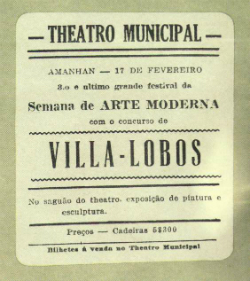
Already a recognized composer, he was invited by Graça Aranha (1868-1931) to join the Modern Art Week.
The event, which marked Modernism in Brazil, took place in February 1922 at the Municipal Theater of São Paulo. Villa-Lobos presented some shows during the three days, among them "Danças Africanas".
In Europe
The expansion of Villa-Lobos' musical knowledge and performance takes place in its first season in Paris.
The Brazilian conductor arrived in the French capital in 1923, with financial support from the Chamber of Deputies. In the city, he was directly influenced by the work of the Russian Ígor Stravinsky (1882-1971).
In Paris, Villa-Lobos receives support from Brazilian artists, such as Tarsila do Amaral (1886-1973).
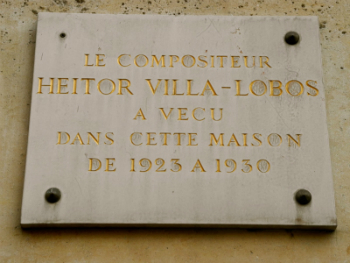
In 1924, he returned to Brazil because the budget received for his stay in Europe was insufficient.
The resumption of the European project only takes place in 1927, where the conductor remains for three years. It is at this stage that he receives international recognition.
Back in Brazil, in 1930, he started a daring musical education project from São Paulo. Its performance resulted in the creation, within the scope of the federal government, of the National Conservatory of Orfeônico Canto. The inauguration of the space took place in 1942.
In the United States
Two years later, Villa-Lobos accepted the invitation of North American conductor Werner Janssen (1899-1990) and began a tour of the United States.
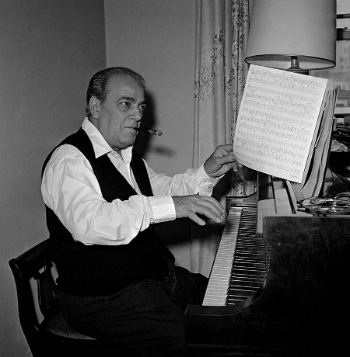
Until then, the Brazilian maestro resisted, but was removed due to the diplomacy between the allied countries in World War II.
Death
The musician returned to the country several times, where he recorded works and closed a cycle of international recognition. Hector died on November 17, 1959, in Rio de Janeiro, victim of cancer.
Main Works
Among the approximately one thousand compositions by conductor Heitor Villa-Lobos, it is possible to highlight:
- Cantilena
- The Little Country Train
- Uirapuru
- Cries #1
- Cries No. 5

